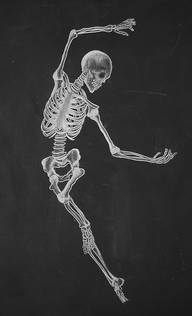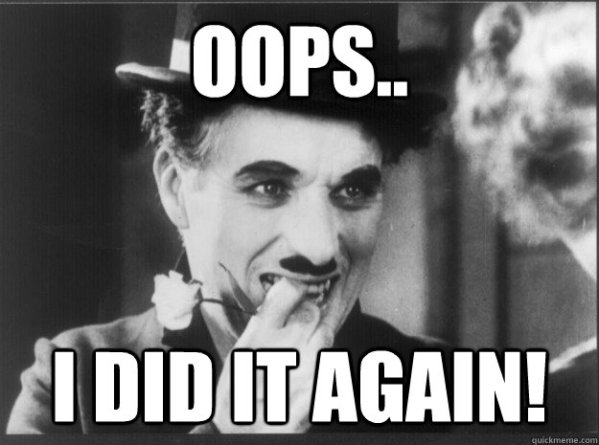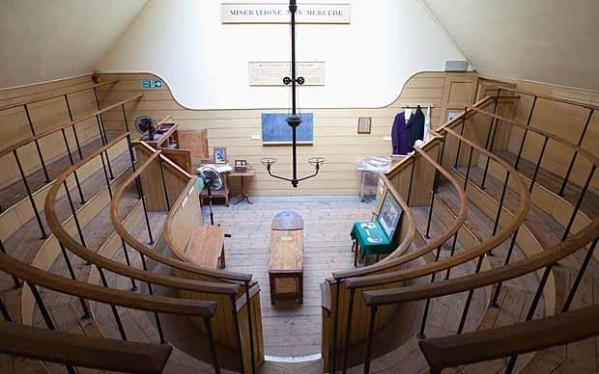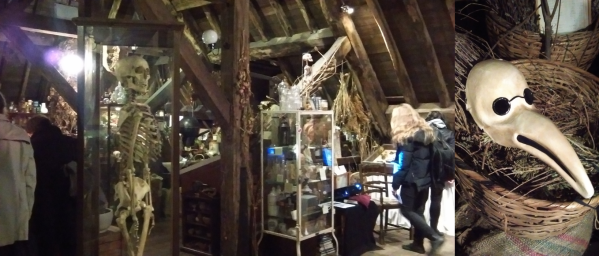
A child’s skull before all of the deciduous teeth are lost.
So it’s now the 4th of July and I haven’t created a new skull of the month and I don’t think I will. Over the past few months I’ve been really rubbish at updating my blog and the reason behind that – I’ve been applying for jobs and working out what I’m going to do at the end of July (my current contract is ending and I have to decide whether to re-sign it or not!)
Anyway, because of all this I’ve decided that for July I’m going to try and catch-up with some of the articles that I’ve wanted to share over the past couple of months. Some relate to various skulls of the month whilst others are just articles of interest. Ideally, I’m going to do a couple a week (depending on how many applications I have outstanding!) so fingers crossed!
To start with I’m going to read an article by AlQahtani, Hector and Liversidge called ‘Accuracy of dental age estimation charts: Schour and Massler, Ubelaker and the London Atlas’. During my osteology courses at university I used both the Schour and Massler and Ubelaker for estimating age from dental remains. I came across the article a while back and I just haven’t got round to reading it.
This particular study caught my eye because it’s aim was to compare the accuracy of estimating age from developing teeth from the above methods. When using these types of methods, using illustrations and charts to form an estimate, it is important that they are reassessed over time to test their accuracy. This is essential in subjects like archaeology and anthropology where the outcome of the result could be very fundamental.
I have discussed in the past how teeth are used for aging skeletal collections. These answers help to provide a profile of the individual and in forensic environments could potentially lead to the identification of a missing person. In archaeology age at death is used as an indicator of a populations health, providing an insight into past life and communities. In both situations obtaining an accurate and reliable age estimate is key, and therefore it is necessary that the common methods used for this process are assessed periodically.
The article by AlQahtani, Hector and Liversidge first provides a small amount of background to each of the chosen methods under study. This image of Schour & Massler should be familiar to any osteology student. It depicts 21 drawings of dental development from the age of 31 weeks in utero up until adulthood. The method was apparently criticized in the early days due to the lack of information about the material or the method to provide the images. Since the original production in 1941 revisions have been made of Schour & Massler’s atlas with the use of radiographs.

Schour & Massler’s 1944 chart, taken from A Test of Ubelaker’s Method of Estimating Subadult Age from the Dentition (E. Smith 1999) p.30.
In 1978 Ubelaker attempted to improve the method for obtaining age estimates from dental development and used a number of published sources. This method was seen as one which covered a the range of variation that can been seen at each stage of development. Again, most osteologists will have seen the following chart.

Ubelaker’s 1989 chart, taken from A Test of Ubelaker’s Method of Estimating Subadult Age from the Dentition (E. Smith 1999) p.31.
Finally, there is the London Atlas which has combined many resources to create a dental chart that includes 31 age categories. This cart is tooth specific and defines each tooth by the development of it’s enamel, dentin, and pulp cavity. The other bonus is that this chart has been made freely available here.

Second page of the London Atlas showing the development of individual teeth available here.
That’s the method under investigation briefly covered now onto the study. As I have already mentioned the aim of the study was to assess the accuracy of estimating age from developing teeth using the three methods above. In order to do this a large sample of skeletal remains of known age at death was used. This included 183 individuals who were aged between 31 weeks in utero to 4.27 years and a further 1323 individuals (649 male and 674 female) aged between 2.07 and 23.86 years. In addition to skeletal remains the archived dental radiographs of living patients were also used. From this the age estimates were made using the three methods chosen for study and compared to the chronological age. To determine the reliability of the aging methods statistical analysis, including a paired t-test was carried out.
Before moving onto the results it is worth mentioning that intra-observer error was taken into account. This means that the same individual contacted the age estimates multiple times of a sub-set of the study sample. From doing this it was found that the error rate was low, meaning taht there was excellent when repeated for all three of the methods.
So the final results. The method which produced the closest age estimate to the chronological age was the London Atlas. For the other two methods it was found that they both under-estimated by around 0.75 years. This result was attributed to the amount of categories produced by Schour & Massler and Ublekaer as their age categories are much larger as the individual ages. This potentially misses out important development phases which can provide a more accurate age estimate. This is true of the growth of the third molar. As can be seen in the dental charts above the development of this molar is not depicted in detail, unlike the London Atlas. Due to this AlQahtani et al. removed the age estimates using the third molar and discovered that both the Schour & Massler and Ubelaker charts still under-estimate the age but only by 0.5 years. In comparison the London Atlas had a mean difference of 0 years.
This study showed, that whilst all three methods of estimating age using dental development is fairly accurate the London Atlas performed the best. As stated above these tests are important to the study of osteology and anthropology. This is because determining the age at death is vital of identifying individuals and establishing the health of a population for their dead. These studies cause researchers to constantly check their methods and to further their work in order to obtain the most reliable system that is possible, which is extremely important.
References
S. J. AlQahtani, M. P. Hector and H. M. Liversidge (2014). ‘Accuracy of dental age estimation charts: Schour and Massler, Ubelaker and the London Atlas.’ In the American Journal of Physical Anthropology , Issue 1, pages 70–78, May 2014
E. SMith (1999). ‘A Test of Ubelaker’s Method of Estimating Subadult Age from the Dentition’. A Thesis Submitted in Partial Fulfillment of the Requirements for the Degree of Master of Science in Human Biology in the Graduate School of the University of Indianapolis May 2005.

 I’ve left it a while since writing a blog post! Sorry the PhD took over my life for a while there (a bit more than usual!).
I’ve left it a while since writing a blog post! Sorry the PhD took over my life for a while there (a bit more than usual!).







